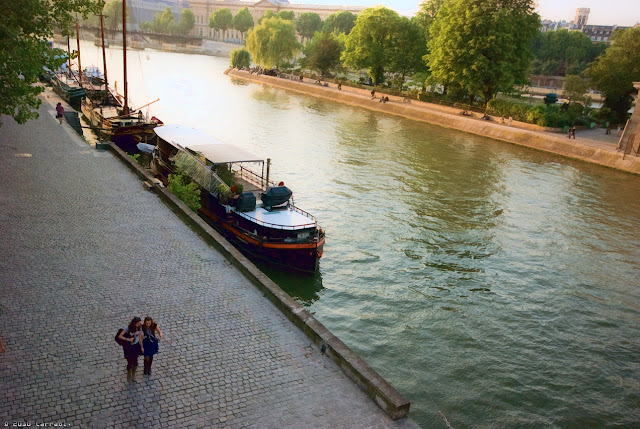 |
| Pont de l'Archevêché. (Notre Dame in the background) Paris 2010. |
DEBATE TRIVIA: President Obama is the first
black person Romney has talked to since his speech at the NAACP.
Great question, how Mitt is different than
Bush. Answer: not! His 5 point plan is same as Bush's. Which was also McCain's.
See a pattern?























































